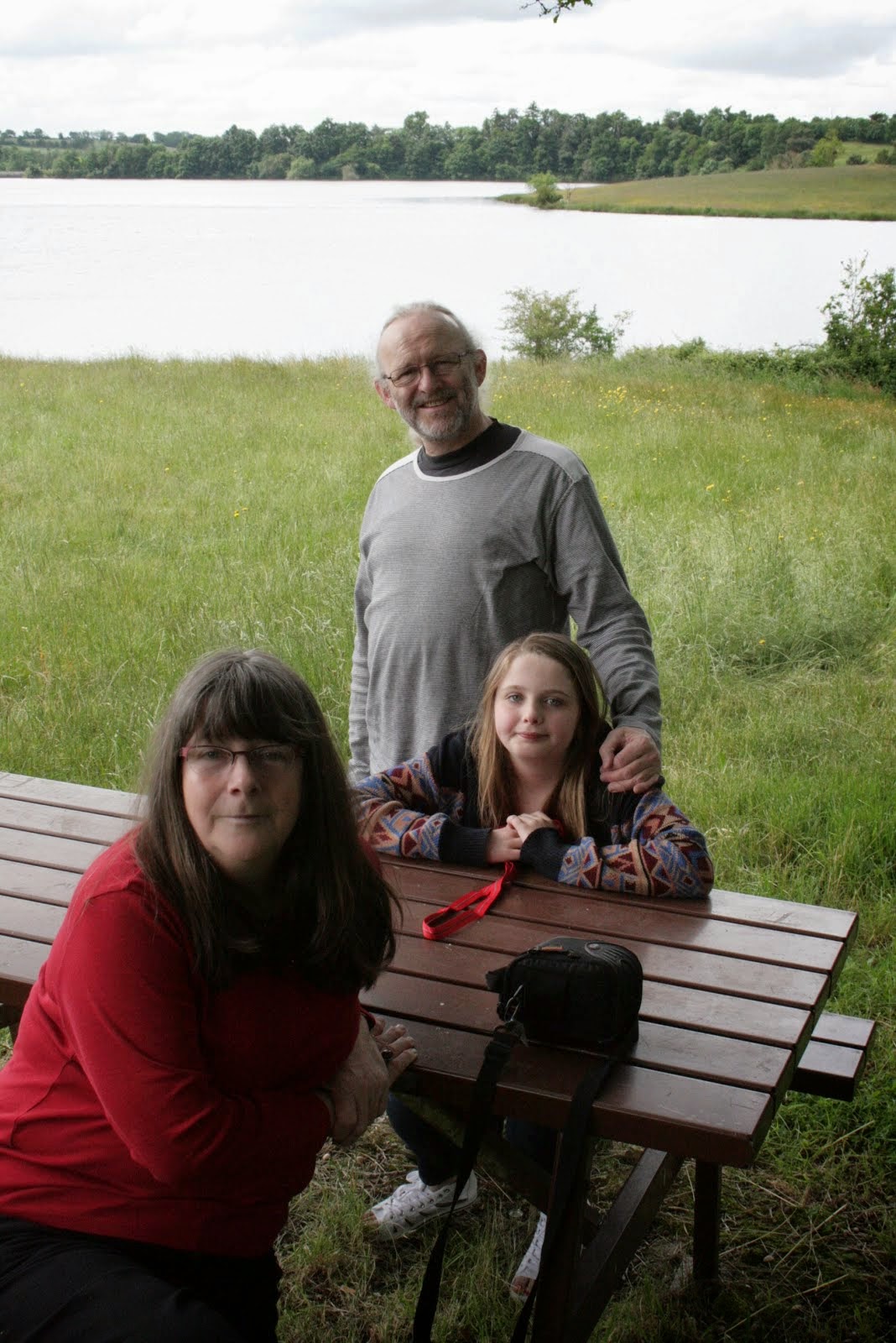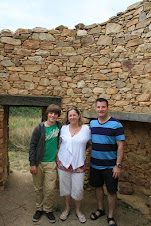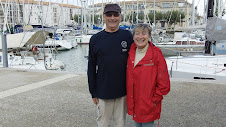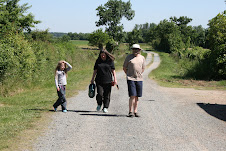Wow – what a lot
of sand!
I must
admit to cheating a little with this blog post, as most of it first saw the “light
of day” in a magazine I edit for the Association of Countryside Volunteers, of
which I am currently the chairman, under the title of View Across La Manche, a
regular feature I write about various countryside issues on the French side of
La Manche. I guess for obvious reasons
the French don’t call the narrow stretch of water between them and England the
English Channel, instead referring to it, for again obvious reasons, as La
Manche or The Sleeve.
Back
around Easter time, we visited Bordeaux and courtesy of my daughter Victoria
climbed the highest sand dune in Europe, not once but twice and this after the
last time I walked just a little way on a sandy beach left me, for some time,
in a lot of pain, something having complained in my left knee!!
But, the Great Dune de Pilat or Pyla, was
worth every step, even though when we started off the easy way; a plastic
staircase up the side was closed for maintenance, so it was soft sand all the
way up, down the far side to dip a toe in the adjacent Atlantic Ocean and back
up over the top. Incidentally, the
correct name is apparently Pilat, which comes from the Gascon word for heap or
mound, and which ever meaning you opt for it’s something of an underestimate.
Now, the dune in
question totally exceeded my expectations and was quite simply mind
blowing. You approach it through pine
woodland, from a well kept albeit rather complicated parking area, passing
through the ubiquitous gift shops and restaurants offering such things as dune
burgers, reminiscent of childhood picnics on the beach, when however careful
you were sand always got in the sandwiches and inside your swimming
trunks!! The tat over and you get your
first glimpse through the trees of the splendour you are about to encounter, a
steep bank of sand rising at the back some 50 metres above you, falling away
the other side slightly less steeply in excess of 105 metres down to the blue
Atlantic Ocean, with a number of interesting sand bars and spits spreading
across the entrance to Arcachon Bay, near the small town of La Teste de Buch,
in the Gironde department of South west France 40 miles from Bordeaux.
This massive 100m plus dune is 2.7 km long and 500 m wide and these breathtaking
dimensions can be admired throughout the year. Even in winter it is worth the
visit, when if you are really lucky you might experience the dune covered with
snow.
The dune is always in motion, created by wind and tidal movement, which
combine to make the dune move further inland by several metres each year. The
moving sand therefore has gradually swallowed the surrounding pine forest and
several campsites as the overwhelming mass of 60,000,000 cubic metres of sand
continues to move.
The dune is currently being considered as one of Grand Sites of France.
Currently
there are about 14 sites (sites can come and go dependant on the strict
criteria) that have been confirmed with this label, such as the Baie de Somme,
the Marais Poitevin marshes near to us, Pont to Gard and the Puy de Dôme.
Something
like a further 31 sites are currently under consideration, ranging from the Dune
de Pilat to the Abbaye de Beauport, Cité de Carcassonne, Baie du
Mont-Sait-Michel, Gorges du Verdon, Mont Ventoux and many many more.
Each of the Great Sites of France are working to improve conditions for the protection, rehabilitation and active management of the landscape, to better accommodate visitors, generate sustainable local development and benefit the people.
Having
obtained the label, qualification is for a specified period, after which the
site is reassessed.
This label belongs to the state, and is awarded by the National Institute of Industrial Property in 2003. It is managed by the Ministry in charge of Ecology.
"The label Grand Site de France may
be assigned by the Minister to a site listed as high profile and high visitor
numbers. Award of the label is subject to the implementation of a project for
the preservation, management and enhancement of the site, complying with the
principles of sustainable development.
This label is
granted, upon request, to a local authority, a public institution, a mixed
union or management body consisting in particular local authorities concerned.
The award decision sets the length of the
label." Sorry if some of this
is lost in the translation.
It is
the recognition of management that conforms to the principles of sustainable
development, balancing preservation of the landscape and "sense of
place" quality of care, public participation of residents and partners in
the life of Grand Site.
It can be removed at any time in the event of breach of commitments
for the protection, development, local economic development and respect for the
visitor.
Further
information can be obtained from the Grand Site de France website:
or there is a Wikipedia site which can easily
be translated from French into English, for the less adventurous of you!!





































































